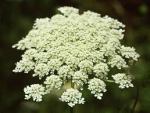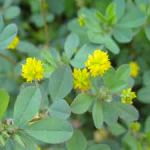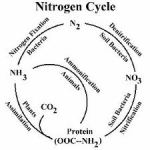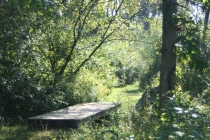 I’m not the most sophisticated naturalist in the world. I know some some birds, wildflowers and some science around living things,but I see myself as more of a carnival barker for nature. What I really want to do is shout, “Hey look at that, isn’t that neat? Here’s WHY!” I think in my line of work a certain ignorance may be a plus, which is obviously why my employer seems to be happy with my work. What I mean is it’s tough to get charged up about Acalypa Rhomboidea. But the common name Green Adder’s Mouth sounds mysterious and sexy. If you follow that salacious moniker up with the fact that it’s an endangered plant and not a dirty movie, an orchid growing 4-10 inches tall with miniscule flowers well- camouflaged by color that blossoms from June to August, well, cheeks may color with interest. (Folks blush about orchids more readily these days anyway, after that movie with Meryl Streep, The Orchid Thief.) So I use common names, not the Latin, when I go walking with groups. What I want is for people to (quite literally) catch the nature bug. They may catch it from me, and then go far beyond. I try to be as infectious as possible. Nature is important.
I’m not the most sophisticated naturalist in the world. I know some some birds, wildflowers and some science around living things,but I see myself as more of a carnival barker for nature. What I really want to do is shout, “Hey look at that, isn’t that neat? Here’s WHY!” I think in my line of work a certain ignorance may be a plus, which is obviously why my employer seems to be happy with my work. What I mean is it’s tough to get charged up about Acalypa Rhomboidea. But the common name Green Adder’s Mouth sounds mysterious and sexy. If you follow that salacious moniker up with the fact that it’s an endangered plant and not a dirty movie, an orchid growing 4-10 inches tall with miniscule flowers well- camouflaged by color that blossoms from June to August, well, cheeks may color with interest. (Folks blush about orchids more readily these days anyway, after that movie with Meryl Streep, The Orchid Thief.) So I use common names, not the Latin, when I go walking with groups. What I want is for people to (quite literally) catch the nature bug. They may catch it from me, and then go far beyond. I try to be as infectious as possible. Nature is important.
I’m not a scientist. But I sure am enthusiastic about the science of nature. It seems my I’ve spent my life walking outside and saying “What the heck is that?” Unable to leave the question unanswered, over the years I’ve scoured books and (these days) websites, gone to museums, and bought innumerable field guides in order to achieve a certain intimacy with the natural world. I’m comfortable there, and to a degree I see how it all goes together and why one thing needs another. Interdependence is a fundamental element of life. As humans we are included in that. And I think everyone ought to know it. So I’m shouting it out in my simple terms, the ones that most of us understand and grasp more viscerally.
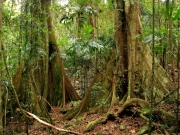 I really wish they would stop teaching about the rain forest in elementary school classrooms. Don’t get me wrong, I find the rain forest as fascinating as anyone, and I worry about it a lot. But that’s why I want them to stop scaring the little kids about it. It’s pretty hard to teach about the rain forest without mentioning that it’s going to be a housing development before the children graduate from college. Why bother being excited about nature when there’s no point? That’s the lesson kids take away. Better to save the rainforest for middle and high schoolers and let them exercise some critical thinking on its problems. Instead, get the younger kids outside right here in their own environment. Show them how exciting their native forest is by letting them handle frogs and bugs, find crickets, catch fireflies, do the bee dance, learn their wildflowers. What we have here is as thrilling as the nature found all over the planet.
I really wish they would stop teaching about the rain forest in elementary school classrooms. Don’t get me wrong, I find the rain forest as fascinating as anyone, and I worry about it a lot. But that’s why I want them to stop scaring the little kids about it. It’s pretty hard to teach about the rain forest without mentioning that it’s going to be a housing development before the children graduate from college. Why bother being excited about nature when there’s no point? That’s the lesson kids take away. Better to save the rainforest for middle and high schoolers and let them exercise some critical thinking on its problems. Instead, get the younger kids outside right here in their own environment. Show them how exciting their native forest is by letting them handle frogs and bugs, find crickets, catch fireflies, do the bee dance, learn their wildflowers. What we have here is as thrilling as the nature found all over the planet.
I’m lucky. I have Hill-Stead Museum’s woodland, wetland and meadows with which to dazzle visitors. In a simple way I can show off the exciting nature of environment. In our 152 acres there is enough titillation for the 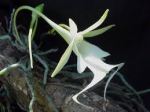 jaded. We even have rare orchids.
jaded. We even have rare orchids.
See you on the trails,
Diane Tucker, Estate Naturalist

